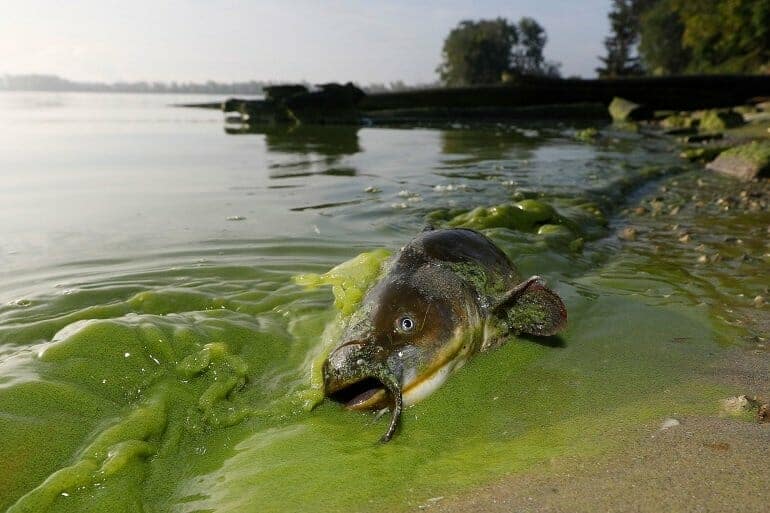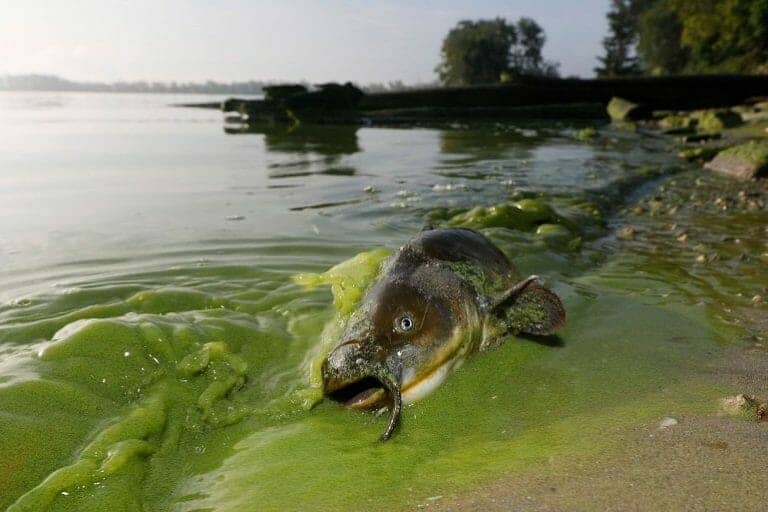Photo: Algae blooms are a frequent problem in Lake Erie. (AP)
When it comes to dirty lakes and rivers, governments have learned how to cooperate.
The greatest lubricant for intergovernmental harmony may well be water. I know that sounds odd, but the nation’s largest bays and lakes offer compelling examples of how multiple states can work with each other — and also with towns and cities, federal agencies, universities, nonprofits, and foreign governments — to combat water pollution.
There is a lot of work to do. Ambitious surveys of more than 2,000 locations carried out in five-year cycles by the states and the Environmental Protection Agency show that a little more than half of the nation’s rivers and streams are significantly polluted. That dirty water, in turn, flows downstream into the nation’s bays, lakes and coastal areas.
The chief contaminants are nitrogen and phosphorus, which contribute to the formation of algae blooms that lower oxygen levels needed to support aquatic life. A lot of the phosphorus comes from fertilizer, so the problem is particularly acute near farmland, though urban areas contribute as well. Once the chemical is introduced, it poses a permanent problem for the water, much like the carbon dioxide […]
Full article: On Water Problems, Governments Actually Work Together



